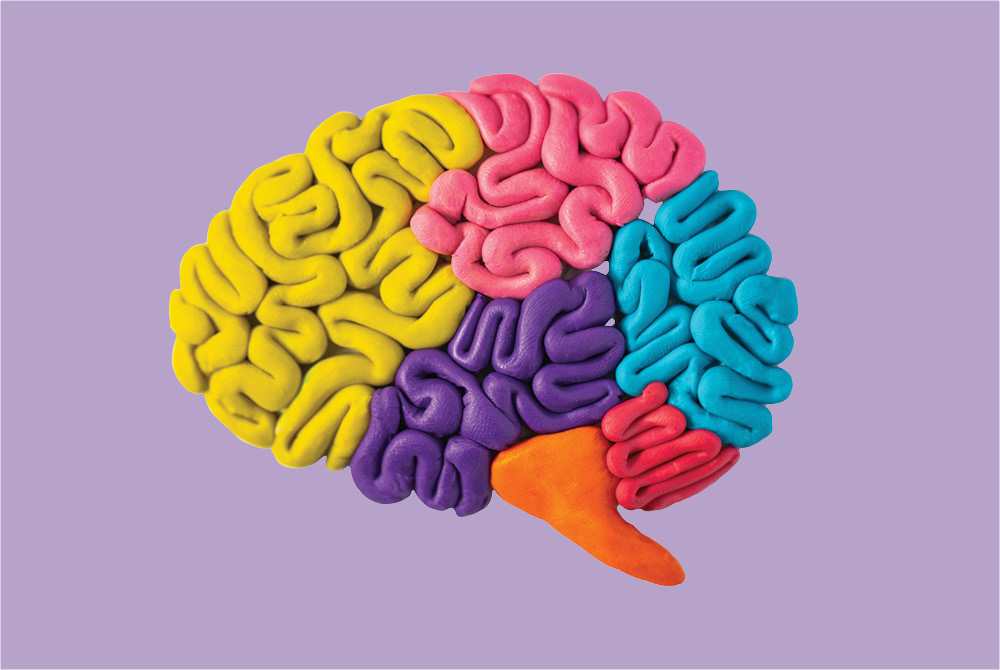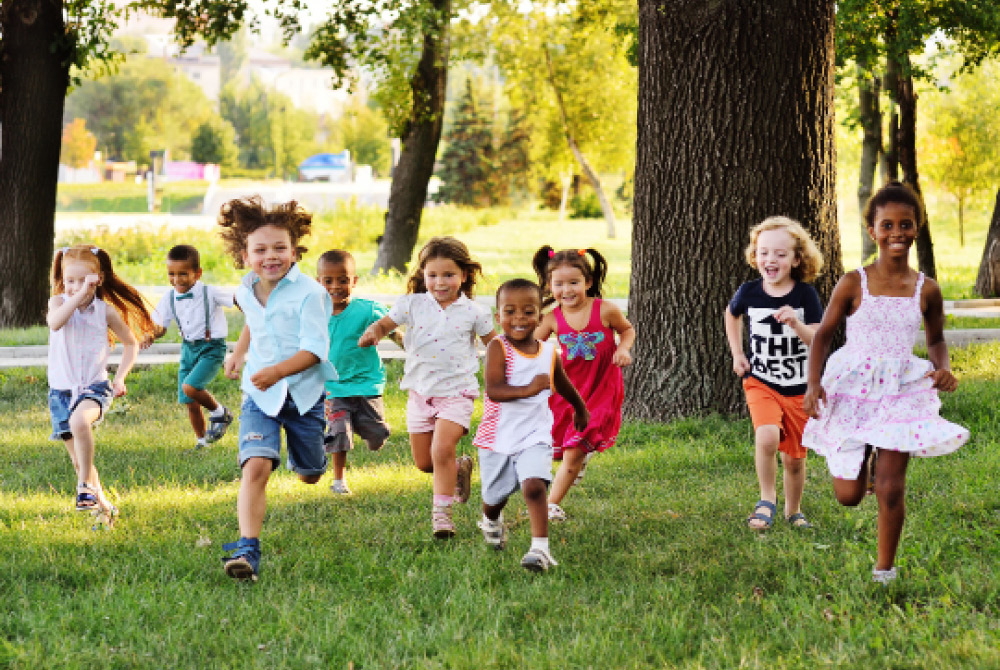May 20, 2024
No Sweat! Mitigating the Impacts of Heat on Young Children
I love eating apples from the tree. I helped to grow it by giving it water and sun, so it can grow delicious apples for us to eat.
– Anthony, age 4, Los Angeles preschooler
Children don’t sweat as much as adults and thus are more vulnerable to extreme heat. As summer heats up in the Northern Hemisphere, it’s time to address children’s unique needs in a climate changing world.
“Heat: An Action Guide for Policy,” a free resource from the Center on the Developing Child at Harvard, notes:
“The effects of heat during pregnancy, infancy, and early childhood…are significant, including low birth weight and prematurity, learning loss during the school years, heat-related illness, and even death. Excessive heat can impact young children’s development and health both in the moment and across the lifespan, which means that implementing strategies to reduce exposure to extreme heat benefits children, caregivers, and communities both now and into the future.”
The report outlines effective programs and strategies, including:
- Los Angeles public schools aim to ensure at least 30% of every schoolyard will be asphalt-free by 2035, prioritizing those the highest temperatures, “which in Los Angeles, due to historic inequities, are predominately low-income schools and schools with a high percentage of students of color.”
- NYC CoolRoofs, a non-profit in New York City, tackles ‘heat islands’ by adding reflective surfaces to rooftops, which can reduce both exterior and interior temperatures, often by as much as 30°F.
- Community-based programs in rural North Carolina issue ‘heat health alerts’ and distribute items like water bottles and fans.
- Doctors in Massachusetts can prescribe heat credits so utility companies cannot shut off services to vulnerable people, including those with a child under a year old.
In a compelling presentation at the 2024 World Forum on Early Care and Education, Breann Corcoran of BC Cancer, shared her research showing when children have more shade, they are not only exposed to less damaging UV radiation, they also spend more time in imaginative, exploratory and ‘bio’ play; in full sunlight, they spend less time playing at all. Green schoolyards and natural outdoor classrooms emphasizing shade from plants and trees offer the best results of all.
Share with the hashtag #ExchangeEveryDay
Print Friendly
Related
By Jamie Bonczyk, John Everett Till and Trinette Potts












